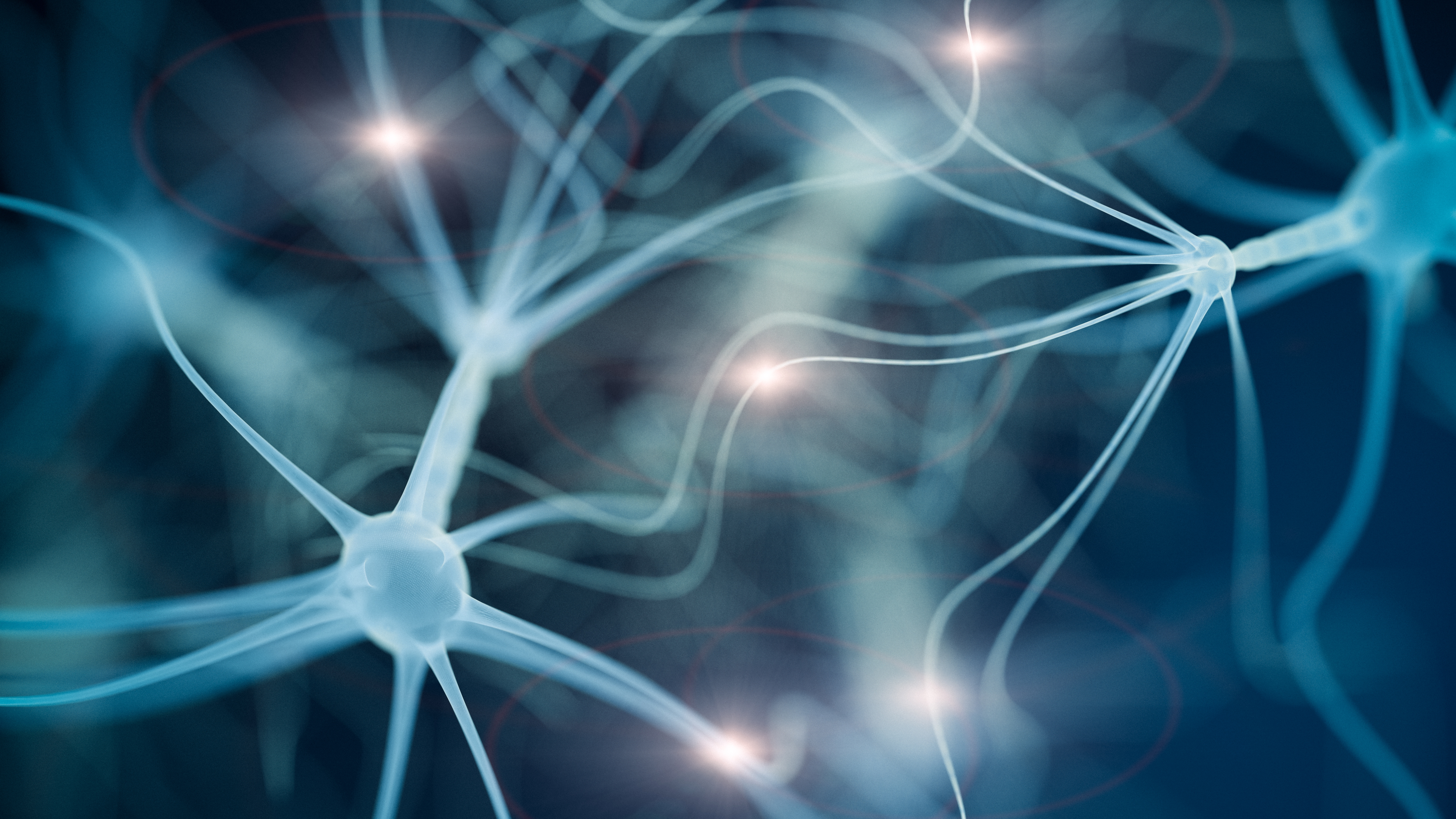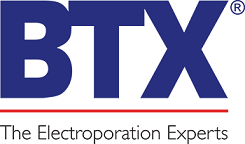Application Focus - In Vivo Electroporation to Study Axon Regeneration
By Michelle M. Ng, Ph. D.

Regeneration of nerve cell axons is required for recovery of function after injury to the nervous system. A more thorough study of the molecular and cellular mechanisms of this process is needed to better understand this process of axon regeneration. Previously, quantification of axon regrowth was commonly accomplished with indirect methods of measuring length, such as immunostaining of longitudinal nerve sections. In this post we will review a new method to directly trace regenerating axons in vivo, recently published by Yan Gao, et al. in Neural Regeneration Research.1 The researchers performed in vivo electroporation of mouse adult sensory neurons in the ipsilateral dorsal root ganglion to transfect plasmid DNA encoding enhanced green fluorescent protein (eGFP). Next, the sciatic nerve was squeezed with tweezers to create a model of sciatic nerve compression, and finally a direct time course of regenerating axon lengths was captured by confocal microscopy.
Overview of the electroporation protocol (please see Saijilafu et al., 20112 for method details)
- 8- to 10-week-old male CF-1 mice either underwent a sham operation or a sciatic nerve crush combined with electroporation.
- Lumbar 4 and 5 dorsal root ganglion neurons (DRGs) on one side of the mouse were exposed after anesthetization.
- 1 µl of transfectant solution (either 2 to 3 µg of pCMV-EGFP-N1 plasmid DNA or 50 pmol Dy547-tagged microRNA hairpin inhibitor) was injected into DRGs using a capillary pipette.
- Electroporation was then performed using a tweezer-shaped electrode and the BTX ECM 830 Electroporator.
- Electroporator settings were square waveform, 35 volts, 5 pulses, 15 ms duration, 950 ms interval.
- At 2 or 3 days after in vivo electroporation, the sciatic nerve on the side with electroporated DRGs was exposed and crushed at the sciatic notch.
- For the timecourse study, at desired timepoints (12 hours, 18 hours, and 1, 2, 3, 4, 5, and 6 days) the mice were sacrificed, the tissue was perfused and cleared, and the axons were imaged by fluorescence confocal microscopy.
Quantifying axon regrowth after nerve crush
Representative images of sciatic nerves are shown in the left panels below, and quantification is shown in the panel at the below right. The results of this study showed that sensory axons regenerated across the crush site (red line) very slowly on the first day, then more quickly and steadily by day 2 and beyond.

High-resolution 3D imaging of DRGs and sensory axons
A benzyl alcohol/benzyl benzoate clearing approach was employed by the group to image whole mount DRGs and sensory axons with high resolution. Maximum projection images are shown in the left panels below, and reconstructed 3D images are shown in the right panels below. Transfection efficiency of small RNA oligos (red) was higher than that of larger eGFP plasmids.

Tissue clearing and 3D imaging of whole mount DRG electroporated with EGFP plasmid (A and B) and fluorescent dye-tagged microRNA inhibitor (C and D). Adapted from Figure 3 of Gao et al. 2020
In summary, electroporation mediated labeling of dorsal root ganglion enables the direct study of axon regeneration in vivo. The researchers were successful in using electroporation to transfect fluorescent expression plasmids or dye labeled miRNAs, and then conducted direct timecourse experiments to directly measure axon regrowth lengths. This electroporation method previously was found to not cause any observable signs of tissue damage or cell abnormalities, and additionally in this study, immunostaining for caspase-3 (a marker of apoptosis) found no difference between control and electroporated groups.
References:
1. Gao, Y., et al. (2020). Time course analysis of sensory axon regeneration in vivo by directly tracing regenerating axons. Neural Regeneration Research, 15(6), 1160-1165.
2. Saijilafu, H., et al. (2011). Genetic dissection of axon regeneration via in vivo electroporation of adult mouse sensory neurons. Nature Communications, 2, 543.
Buy an ECM 830 Electroporation System, get a free BTXpress High Performance Electroporation Buffer—Click here for promotion details!



 800-272-2775
800-272-2775
